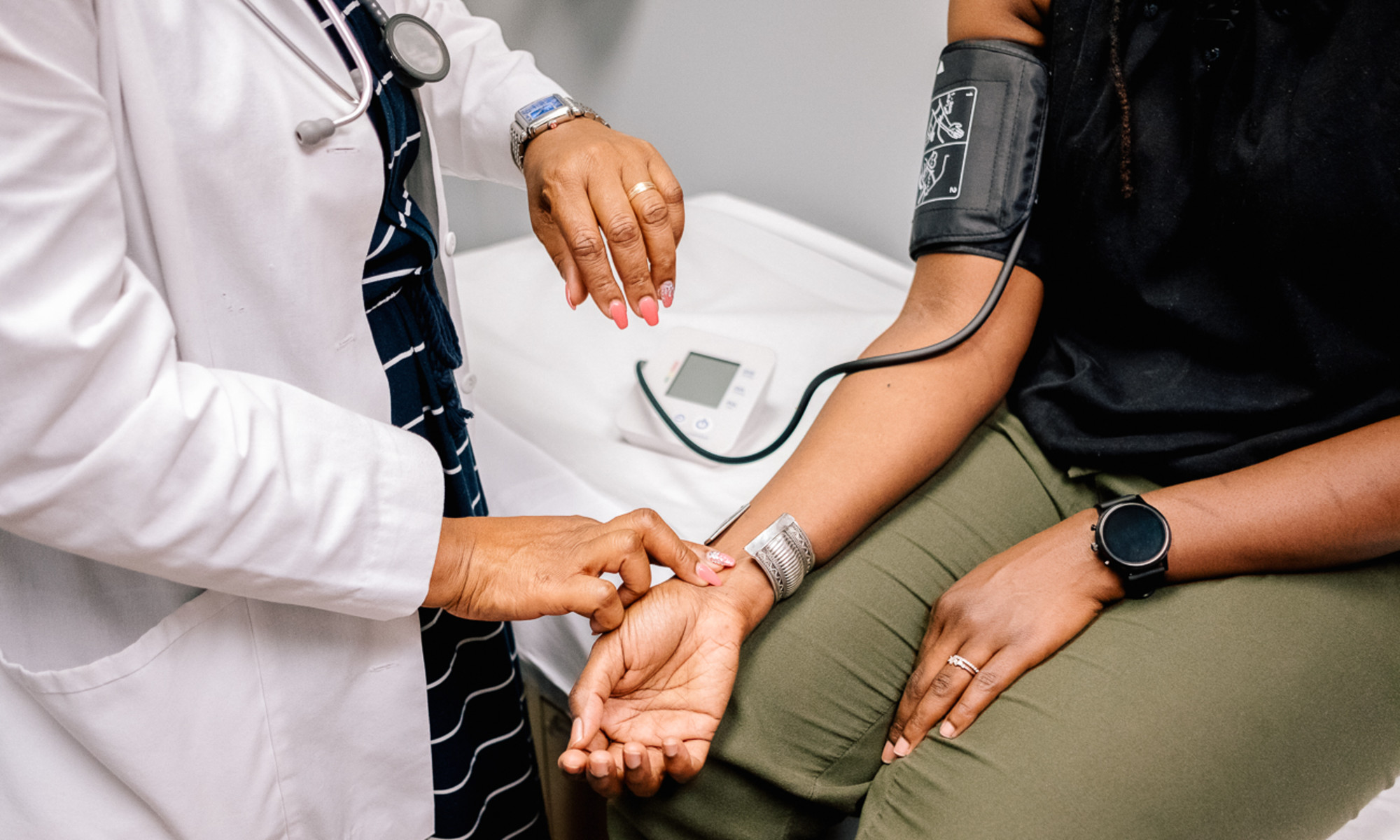Concerned About Heard Disease? Ask For This Test At Your Next Doctors Appointment
Get to know your levels.

Image by Eddie Pearson / Stocksy August 17, 2023 Cardiovascular disease (CVD) is incredibly common—in fact, it’s the leading cause of death in America1. But as longevity-focused doctor Peter Attia, M.D., shares on the mindbodygreen podcast, we’ve been thinking about CVD all wrong, from diagnosis to treatment. His one must-have tip to take CVD off the table? Get to know your Apo-B. Attia arguably put Apo-B at the forefront of the CVD conversation. So let’s talk about it! Below, discover the power of Apo-B, how to measure yours, and how to reduce it down to childlike levels (yep, he’s serious). 
Advertisement
This ad is displayed using third party content and we do not control its accessibility features.
What is Apo-B?
Apo-B is a complex particle, but basically, it’s a protein found in many lipids within the arterial walls, and too much of it can be dangerous2.
“It is a protein that is wrapped around a class of lipoproteins that are atherogenic, meaning that they promote atherosclerosis,” says Attia. (Refresher: Atherosclerosis refers to plaque buildup in the arteries.) “The most prevalent of these is LDL, or low density lipoproteins, but they're also found on very low density lipoproteins, intermediate density lipoproteins, and Lp(a) particles,” Attia adds.
But here’s the thing: Most people only get their LDL cholesterol measured at the doctor. “While that's a decent predictor of cardiovascular risk, it's nowhere near as good as counting the number of all of those particles—and that's what Apo-B is measuring,” says Attia.
Essentially, your Apo-B number gives your doctor a much better understanding of the level of buildup of cholesterol on your artery walls.
“By measuring the concentration of Apo-B, you have a direct measurement of the concentration of atherogenic particles,” he adds. We should note, this test is not one typically ordered by your doctor, but you can request it as part of an advanced testing panel.
Why is it important?
Now, Attia mentions that Apo-B is a necessary criteria for atherosclerosis. Meaning, “You can't get atherosclerosis without Apo-B,” he declares. “If you want to eradicate atherosclerosis, all you would have to do is eradicate Apo-B.”
So how low should you go? Well, Attia notes that when children are born, their Apo-B is very low—we’re talking 20 to 30 milligrams per deciliter.
“However, by the time you're in your 20s and certainly in your 30s, the average person's Apo-B is about 100 to 110 milligrams per deciliter. That's already very high from the standpoint of prevention,” he adds. “In fact, only 20% of adults3 would have an Apo-B below 80 milligrams per deciliter.” But if you could reduce your Apo-B down to childlike levels, “atherosclerosis would be impossible,” he says.
Advertisement
This ad is displayed using third party content and we do not control its accessibility features.
How to lower it
The question becomes: How do you get your Apo-B down to that 20 to 30 milligrams per deciliter range?
“Nutrition absolutely makes a difference,” says Attia. Think: reducing saturated fat intake, eating more fiber, plus plenty of other heart-healthy dietary interventions. “But even once those things are fully optimized, very few people would be able to get their Apo-B below, say, 70 milligrams per deciliter,” he argues.
To cross the finish line, he recommends a few pharmaceuticals. “We have classes of drugs called PCSK9 inhibitors4 or another drug called Ezetimibe that blocks the reabsorption of cholesterol in the gut that is being recirculated by the liver,” he explains. “And [there’s] even another drug that impairs cholesterol synthesis called Bempedoic Acid. These are drugs that have no side effects.”
Full disclosure: These drugs can be expensive, but hopefully that will change with more research and exposure. “It certainly makes it now feasible to get everybody's Apo-B to a desirable level,” Attia adds, and identifying the solution is the first step.
Look, lifestyle interventions are key when it comes to reducing your risk of serious health outcomes. There’s no doubt about that. But according to Attia, lifestyle can only get you partially there in reducing the risk for cardiovascular disease.
If pharmaceuticals can get you to that 100%, they’re certainly worth a conversation, don’t you think? “It really just becomes a question of physician and patient education around understanding the temporal nature of the disease,” he notes.
The takeaway
Let’s review: Apo-B provides a much better understanding of the level of buildup of cholesterol on your artery walls. According to Attia, Apo-B is necessary for developing heart disease, so by eradicating Apo-B, you may be able to eliminate CVD. To do so, he recommends a combination of lifestyle and pharmaceutical interventions.
You can technically lower Apo-B naturally, but to get your levels down to childlike levels, he says you’ll likely need pharmaceuticals to cross the finish line—certainly something to consider if you’re concerned about heart disease.
Advertisement
This ad is displayed using third party content and we do not control its accessibility features.

 MikeTyes
MikeTyes 































.jpg&h=630&w=1200&q=100&v=154b70b92d&c=1)
